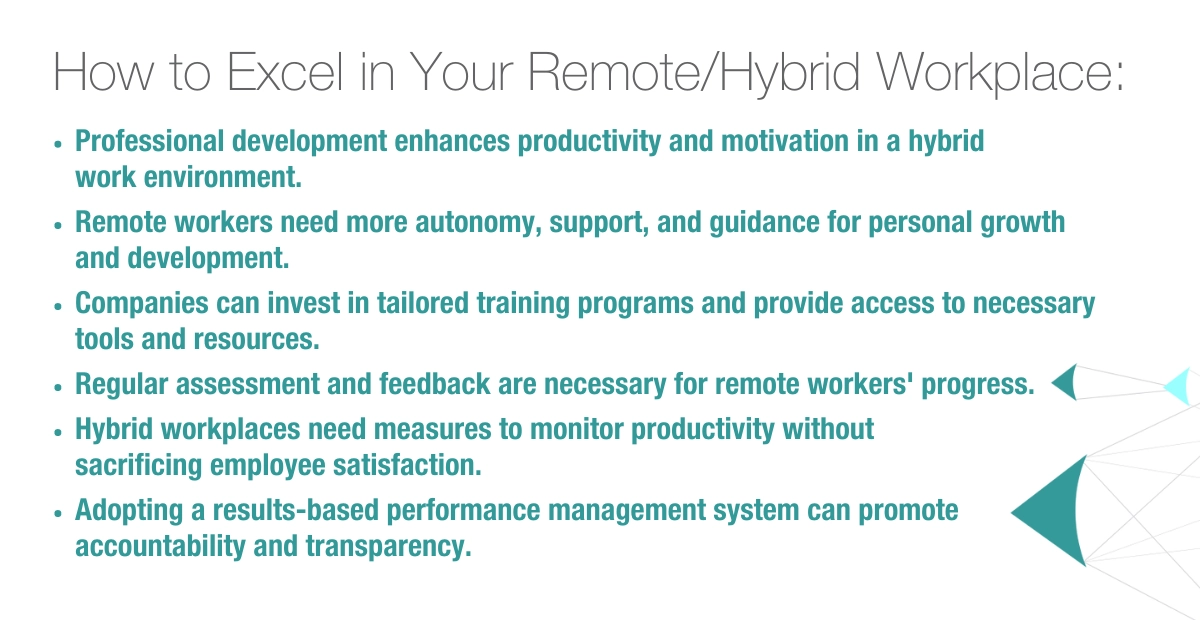Ramp-Up Remote Hiring for Optimal Performance Outcomes

While Gartner remote work statistics from 2022 predicted remote workers would represent only 9% of all employees worldwide by the end of 2023. The future of the hybrid work model is expected to increase from 42% in 2021 to 81% in 2024.
The ever-shifting workforce landscape has highlighted the importance of effective HR strategies to hire and onboard remote employees. With more and more companies adopting remote working models, understanding how to onboard these new workers is vital for optimal performance outcomes — not just during the first few months but throughout their entire tenure. In this blog post, we’ll explore what HR leaders need to consider when ramping up remote hiring practices to capitalize on efficient team performance from day one.
Ramp-Up Remote Hiring for Optimal Performance Outcomes
As businesses have adapted to the changing landscape of remote work, more and more companies have ramped up their remote hiring for optimal performance outcomes. According to a Gallup survey in June of 2022, 8 in 10 individuals now work hybrid or remotely, while only 2 in 10 remain entirely on-site.
Furthermore, FlexJobs’ Employee Engagement Report revealed that 48% of employers still implement remote work for their workforce. When asked about their company’s post-pandemic workplace plans, 26% of respondents said their employer would follow a hybrid model, and 22% said they would be allowed to work remotely.
These results can be attributed to the proven productivity benefits associated with remote and hybrid workplaces, as reported by employers who have successfully implemented such arrangements. From increased focus time due to fewer interruptions and improved morale from a more comfortable workplace environment, it is clear why many organizations are taking advantage of the benefits offered by these models.
Creating a Smooth Implementation
Companies must be intentional about their remote hiring policies, ensuring the recruitment process is sound and tailored to a remote workforce. This approach enhances the chances of hiring employees that are a perfect fit for the role and the company’s culture, mission, and values.
However, ramping up remote hiring is only the tip of the iceberg; companies that wish to see optimal performance outcomes in a hybrid work environment must continually support their employees physically and mentally. This involves prioritizing employee wellness by fostering an open communication culture, investing in regular team-building activities, and helping employees through professional development initiatives.
By fostering an open communication culture among on-site and remote staff members, everyone feels included and connected regardless of location. It is also important to note that organizations should have measures to monitor employee productivity as they transition into a new way of working while keeping employee satisfaction top-of-mind throughout the entire process.
Must-Read Statistics on Remote Work:
- 52% of professionals believe the most significant benefit of remote working is increased productivity.
- In a PwC remote work survey, 30-35% of remote workers were considered more productive than their in-office counterparts.
- According to the FlexJobs’ 2022 Career Pulse Survey, 84% said a remote or hybrid job made them happier.
- 77% of employees with mental health issues said remote or hybrid helped them better manage their well-being.
- It’s estimated that remote employees save an average of $6,000 or more annually.
- When 3.9 million employees work remotely at least half of the time, greenhouse gas emissions are reduced by the equivalent of over 600,000 cars off the road for an entire year.
- Remote working instills optimism, with 51.49% of remote workers feeling positive about the stability and future of their careers and professional lives.
Foster Professional Growth & Development
Professional development is also crucial in enhancing employee productivity, motivation, and engagement in a hybrid work environment. Remote workers often need more autonomy, support, and guidance regarding personal growth and development. Companies can achieve this by investing in training and support programs tailored to remote workers, providing access to tools and resources needed for their role, and regularly assessing their progress and giving feedback.
Ready to ramp up your remote hiring?
Discover How to Successfully Implement a Hybrid Working Model.
The future of work is hybrid, and companies that wish to remain competitive must embrace this shift by ramping up remote hiring, prioritizing employee well-being, fostering an open communication culture, investing in professional development, and regularly monitoring employee productivity. By doing so, these companies can achieve optimal performance outcomes and retain top talent in the new world of work.
In 2023 and beyond, employers must be strategic about their hiring and onboarding efforts regarding remote employees. By taking the time to research and identify best practices, HR leaders can ensure the best quality team hires and onboarding processes while staying ahead of the competition in an ever-changing workforce landscape.
With more businesses worldwide beginning to embrace virtual working models, now is the time to get on board with thoughtful hiring practices — start by downloading the ebook The Best Hiring Strategies for 2023 ! With just one click, you’ll know to keep up with industry trends and stay miles ahead.


